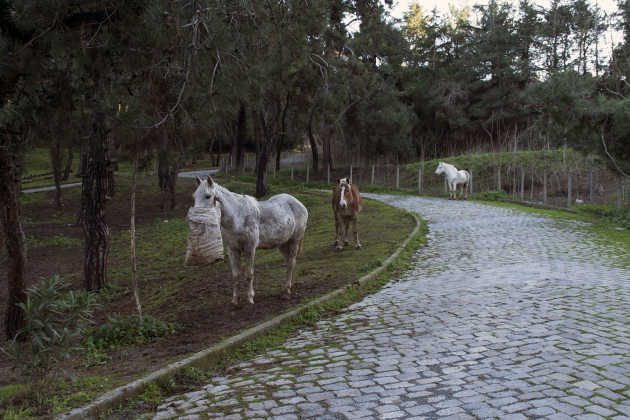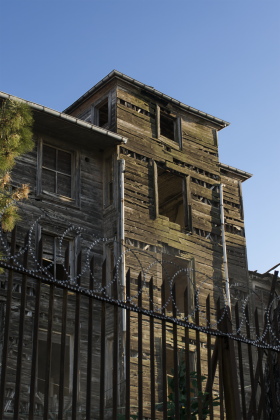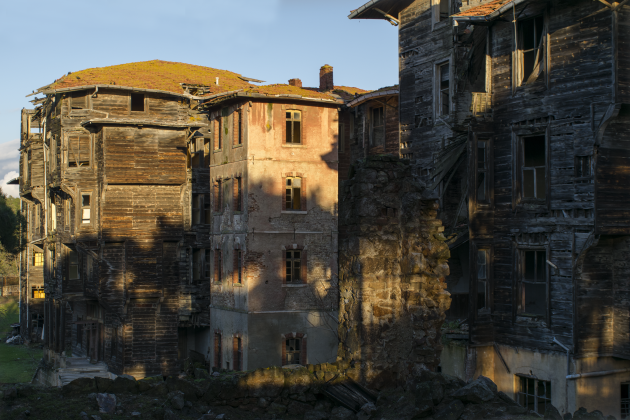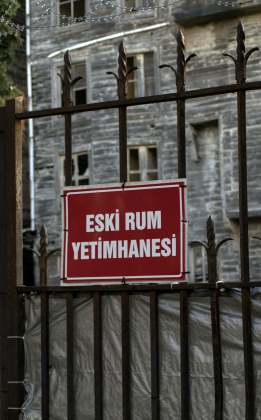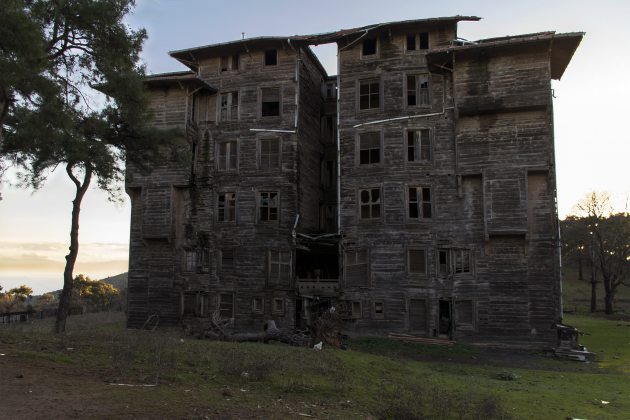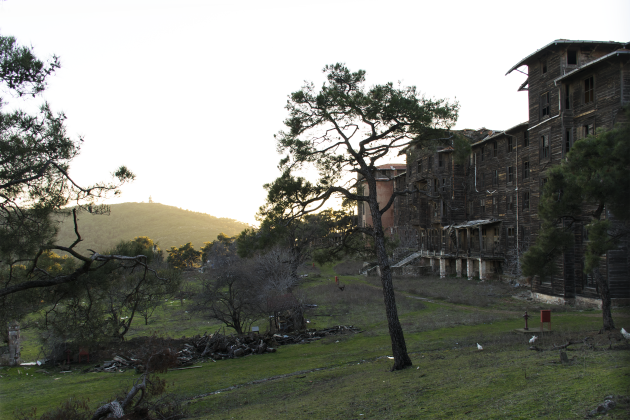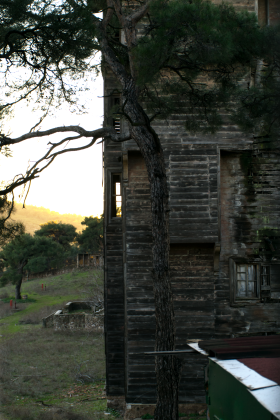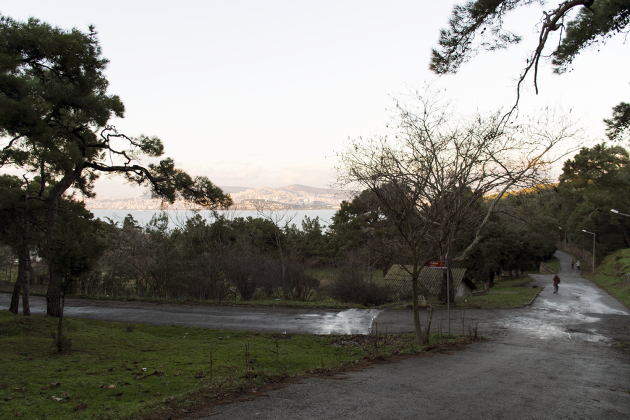One of the best parts of visiting Büyükada, the largest and most populated of the Prince Islands, is witnessing the sharp contrast it provides to the concrete jungle of Istanbul across the sea. The lush greenery and dramatic topography, coupled with the stunning architecture particularly consisting of grand wooden mansions dating back to 19th century, welcome visitors to the pier as they arrive.
While a great number of the buildings on the island look well preserved and play a significant role in forming the picturesque landscape, one can also easily note buildings that are becoming progressively derelict over time due to maintenance and ownership issues. The most striking example of these architectural ruins is the Prinkipo Greek Orphanage (also known as Prinkipo Palace, Büyükada Greek Orphanage or Eski Rum Yetimhanesi). A historic 20,000 square meter wooden building located on Hristo Hill, it serves as one of the most beautiful and secluded areas on the island.
According to the late writer Jak Deleon, it happens to be Europe’s largest wooden building, and the second largest in the world — between 25 to 35 meters wide, 102 meters long and sitting on 26,000 square meters of land. Home to five floors and 206 rooms, it also features a large dining room, modern kitchens and a theater hall. Designed by one of the most famous architects of the time, Alexandre Vallaury, the building was initially conceived as a hotel with a casino, and constructed between 1898 and 1899 by a French company. However, following its construction, Sultan Abdülhamit II refused permission for the building to be used as a hotel.
A few subsequent changes in ownership eventually found the building donated to Ecumenical Patriarchate under the condition that it would be used as an orphanage. Formerly in Balıklı, The Greek Orphanage was thus able to find a new home in 1903 until its eventual closing in 1964.
In the 50 years since, the once prestigious orphanage has fallen into an irreparable state.
Akşam Newspaper states that the The Ecumenical Patriarchate, which owns the property, has been trying vehemently to find sponsorship for the fifty million dollars needed to restore the building’s lost glory. However, they haven’t been successful so far. Regardless of what the future holds for the Prinkipo Greek Orphanage, it is such a fascinating landmark, and hauntingly reminiscent of Istanbul’s cosmopolitan past and former residents.








